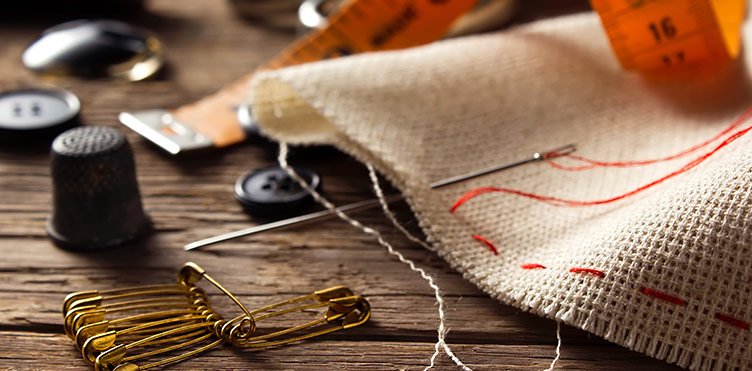Teaching children to sew and mend might seem old-fashioned in our throwaway society, but these fundamental life skills offer far more benefits than you might expect. Whether you’re a parent or foster carer, introducing young people to a needle and thread can be one of the most valuable gifts you give them.
Building Independence and Self-Reliance
There’s something wonderfully empowering about a child being able to fix their own torn pocket or sew on a loose button. These small acts of independence build confidence and teach children they don’t always need to rely on others to solve problems. When your teenager can mend their favourite jeans rather than binning them, they’re learning practical self-sufficiency that will serve them throughout their lives.
For foster carers especially, teaching these skills can be particularly meaningful. Many children in care have experienced instability, and learning to care for their belongings—and knowing how to repair rather than replace—can provide a sense of control and ownership that’s deeply reassuring.
Developing Fine Motor Skills and Concentration
Sewing requires precision, patience, and steady hands. As children learn to thread needles, make even stitches, and follow patterns, they’re developing fine motor skills that benefit them in countless ways. These same skills improve handwriting, help with detailed artwork, and even support better performance in subjects requiring manual dexterity.
The concentration required for sewing also offers a welcome break from screens and digital distractions. Many children find the repetitive nature of stitching surprisingly calming—it’s rather like meditation with a practical outcome.
Environmental Awareness and Sustainability
In an age of fast fashion and disposable culture, teaching children to mend and alter clothing instils valuable environmental consciousness. When children learn to repair a small hole or adjust a hemline, they’re discovering that clothes don’t need to be discarded at the first sign of wear.
This mindset extends beyond clothing. Children who learn to mend often become adults who repair rather than replace, reducing waste and saving money throughout their lives. They understand the value of things and develop a more thoughtful relationship with consumption.
Creative Expression and Problem-Solving
Sewing isn’t just about repairs—it’s a gateway to creativity. Once children master basic stitches, they can personalise their clothes, create unique gifts, or design entirely new items. This creative outlet helps children express their personality and develop their own sense of style.
Every sewing project also presents problem-solving challenges. How do you attach a pocket? What’s the best way to reinforce a seam? These puzzles develop logical thinking and teach children to approach problems methodically.
Getting Started: Simple Steps
You don’t need expensive equipment to begin. Start with basic supplies: needles, thread, scissors, and fabric scraps. Begin with simple projects like sewing on buttons, hemming tea towels, or making basic pouches. Many children love creating items for favourite toys or pets—a simple blanket for a teddy bear or a bandana for the family dog. As a foster carer, you can use some of your foster care payments to put towards this new hobby.
Remember, the goal isn’t perfection but progress. Celebrate wonky stitches and lopsided seams as stepping stones to greater skill. With patience and encouragement, you’ll be amazed at how quickly children pick up these invaluable life skills.

